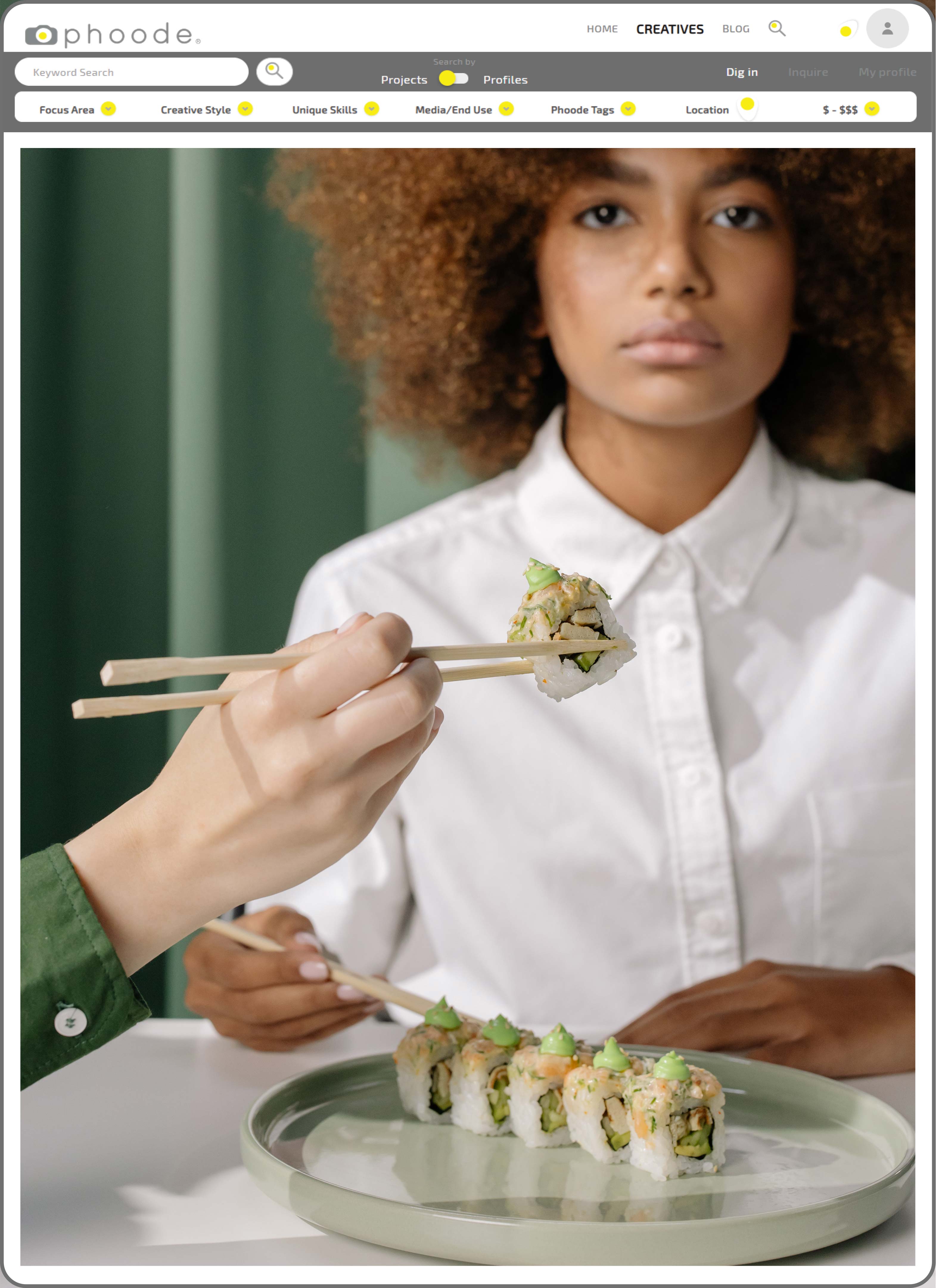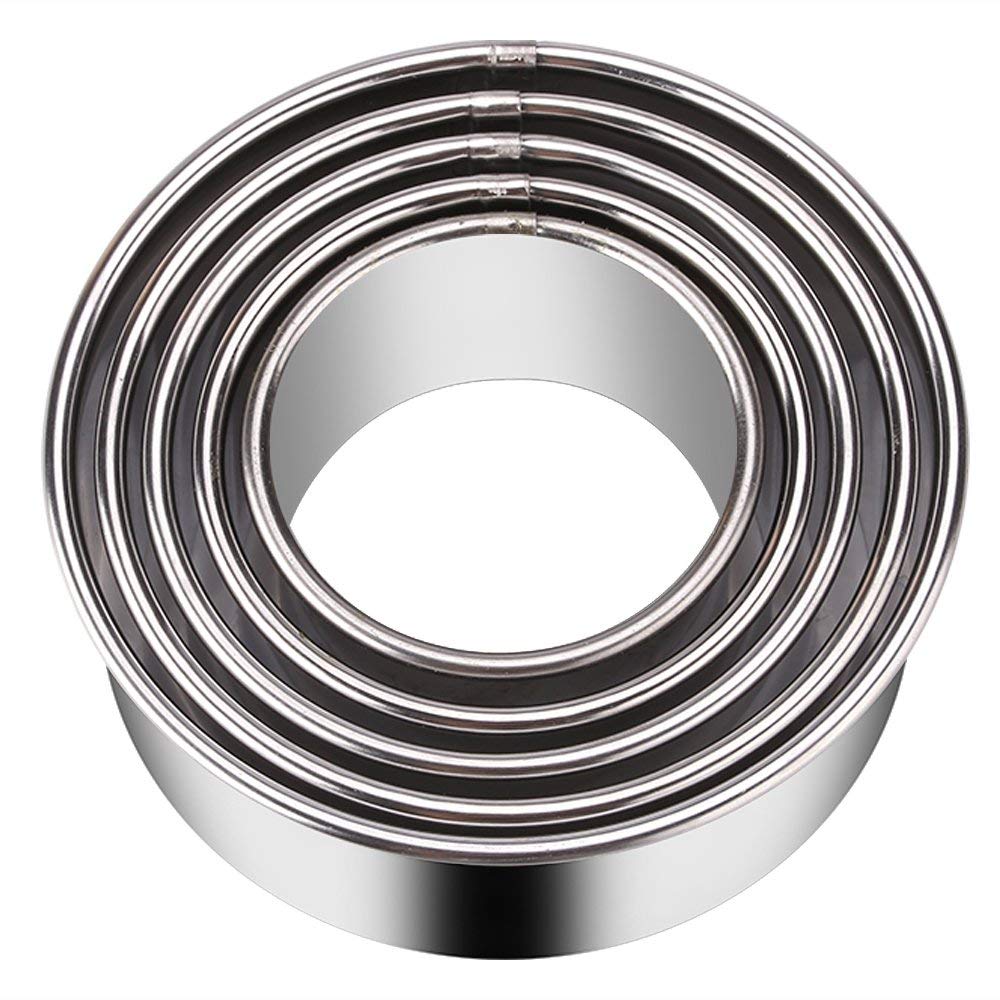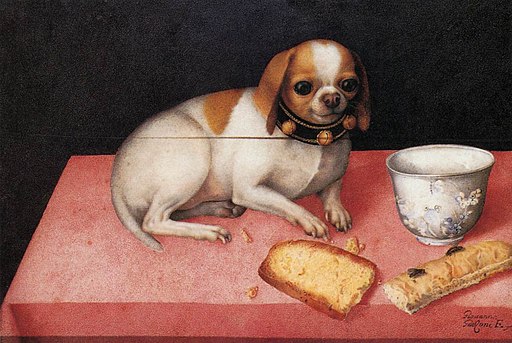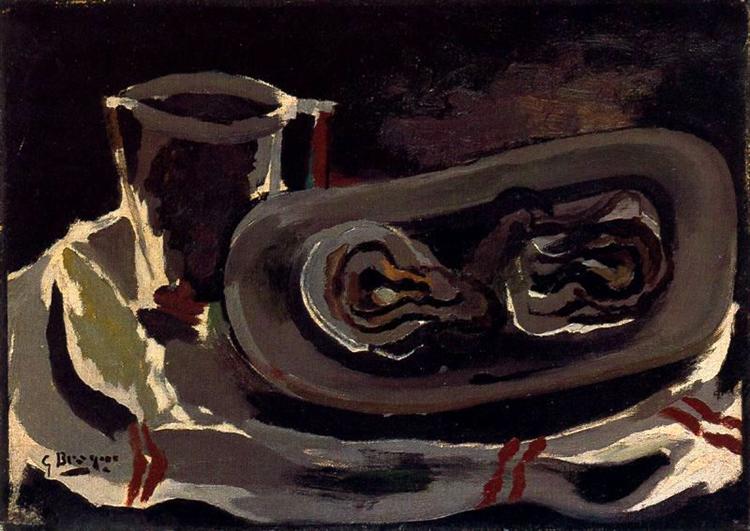Color me Tasty: Why Food Coloring is a Food Stylist’s Best Friend
If one thing needs to be spot on in your food photography, it’s color. Without the ability to reach out and take a bite, color is one of the primary features that informs us on how an object might taste. Unfortunately, our idealized expectations don’t always align with reality. In such cases, food stylists often have to make the colors they want on their own.
Imagine that you’re sitting down to dinner, only to be served a salad with yellowing leaves or a steak flank sporting a purplish tint. Chances are, you’d throw the food away or request that a waiter send the plates back to the chef without ever lifting a fork. At the very least, there’d be a moment of hesitation before skeptically trying the fare out.
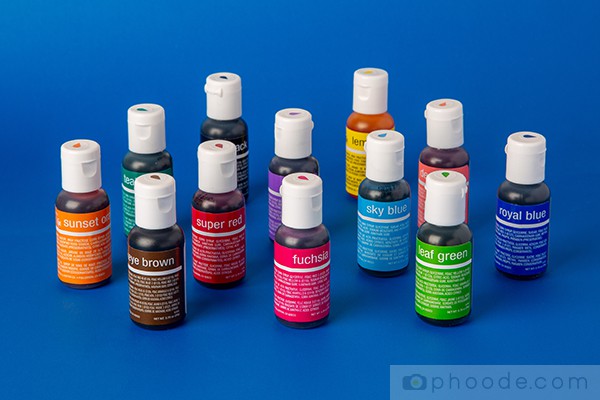
The fact of the matter is, we have certain expectations of what our food should be. Strawberries should be plump and red. French fries should have a golden brown crisp to them. Vanilla ice cream should be pure white. When food doesn’t meet those expectations, we immediately suspect that something may be spoiled, rotting, or prepared incorrectly. In other words, its an instant turn off. This isn’t just the case for diners – defeating discoloration is one of the most difficult tasks a food stylist must learn to overcome.
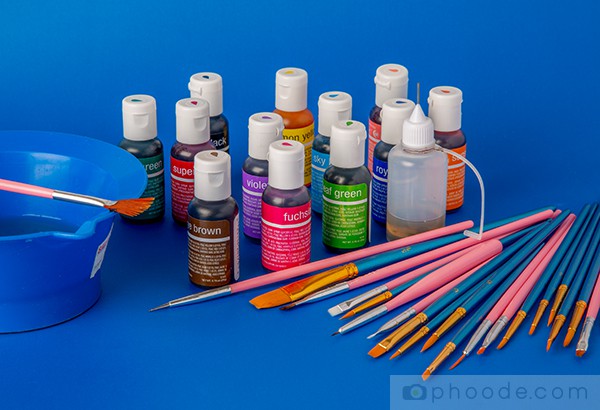
Unfortunately, food photographs can’t always do a meal justice, especially when it comes to accurately recording colors. A dish may look absolutely delicious through our eyes, but the camera isn’t always kind when faced with unnatural lighting. Sometimes, temperature or exposure to air can impact how food looks as well. So, what’s a person to do when they’re forced into conditions or with props that are less than ideal? Often times, the answer lies in styling food for photography with food coloring.
That’s right – food-safe dyes aren’t just for Easter eggs or cookie frosting. Actually, color additives have been in use for centuries. After the Middle Ages, trade boomed. Artisans had to begin taking food aesthetics into consideration in order to gain a competitive edge. Like today’s artists, people realized that styling food with food coloring was one of the most effective ways to make a sale.
If the smoothie you’re working with is looking a little grey compared the vibrant purples floating in your imagination, don’t despair. A drop of red or blue offers all the revitalization you need. Just a touch of reddish pigment can make an well-done piece of meat look perfectly pink.
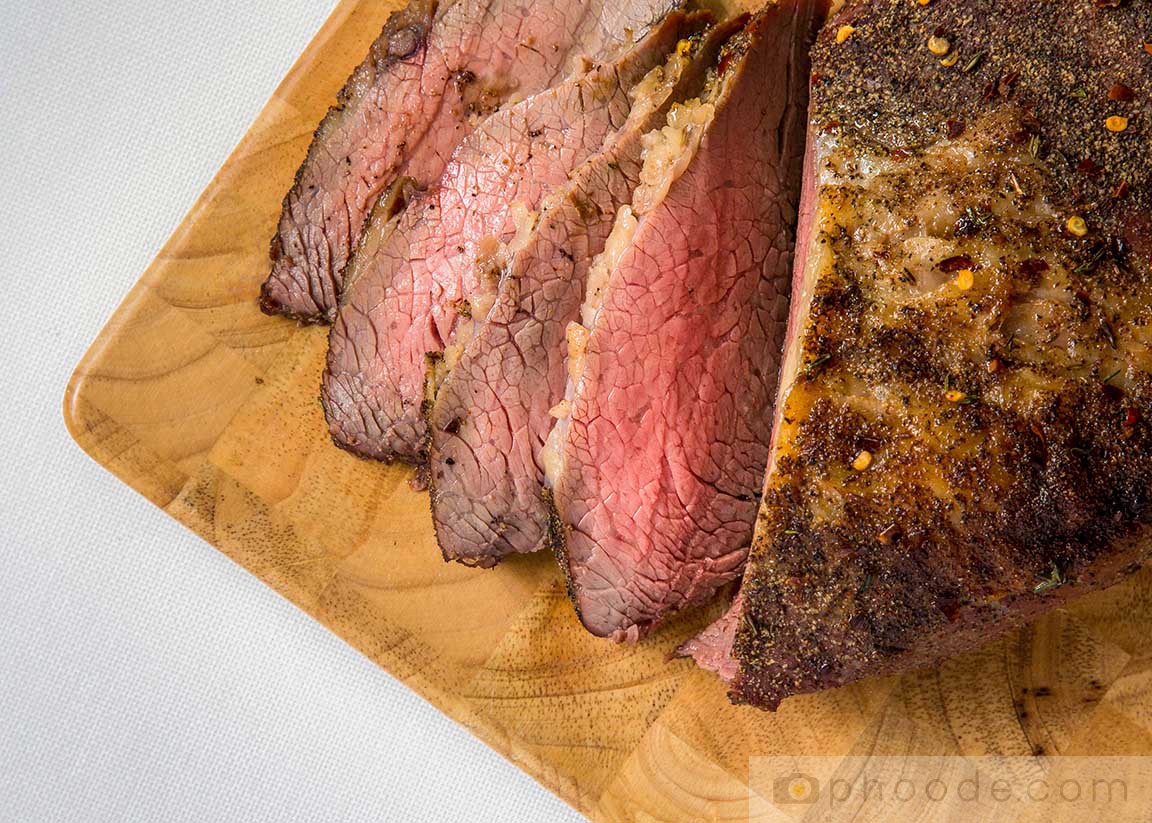
The most basic packs come with the primary colors, making just about any hue a possibility. A little bit of liquid, paste, or powder can get you a long way since its often quite concentrated. Best of all, liquid dyes almost always come with an eyedropper-like attachment, making styling food with food coloring precise and consistent. Even faux-foods can get a nice color boost from food coloring.
In a pinch, keep in mind that traditional dyes aren’t the only ways to tint food. For instance, some Alka-Seltzer and a touch of soy sauce can be added to water to create an instant “champagne”. You can pull off a similar technique by experimenting with reds and blues in water to create wine. In case of creative emergency in the food photography studio, before rushing out to the nearest convenience store, you may find that the hue-altering ingredient you need could already be hiding in your stylist’s tool kit!






